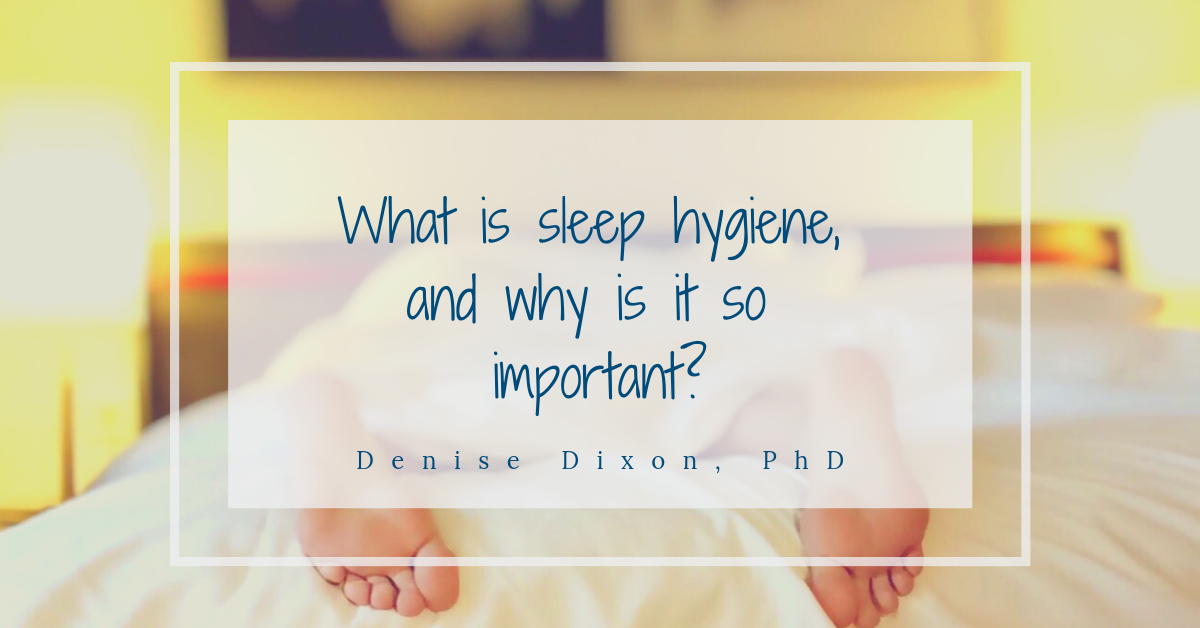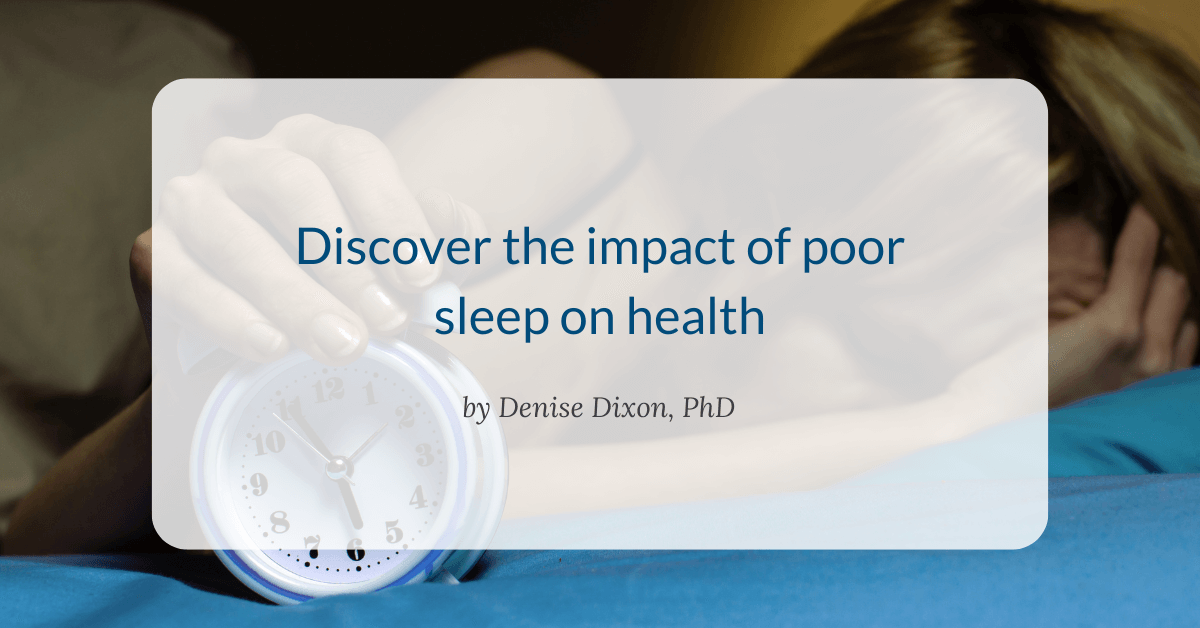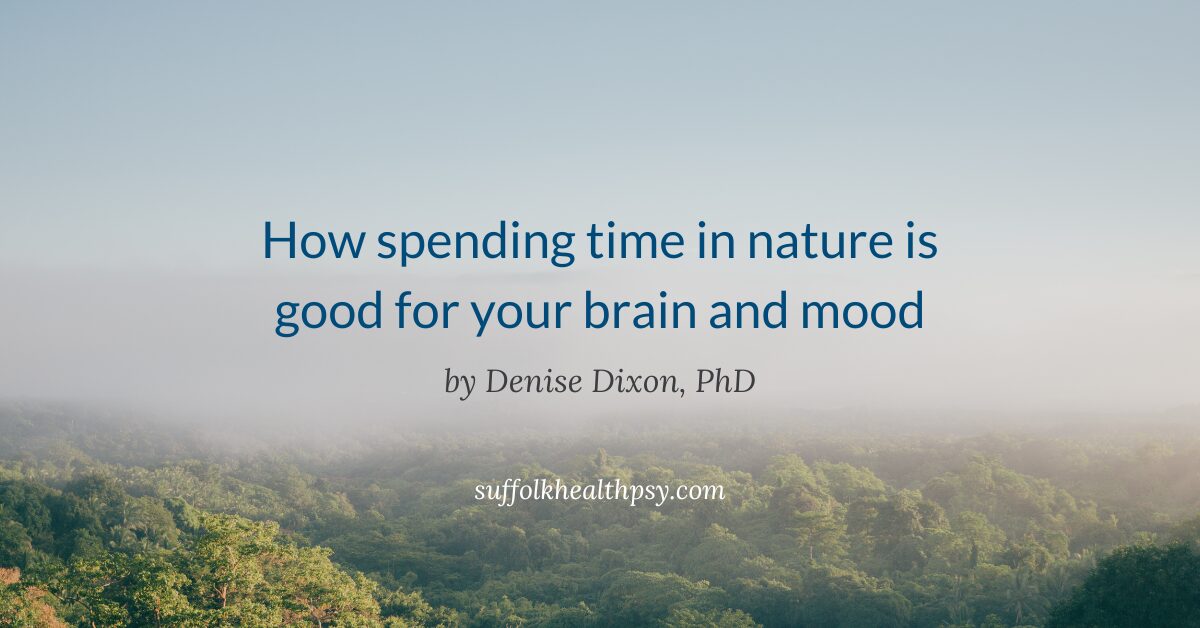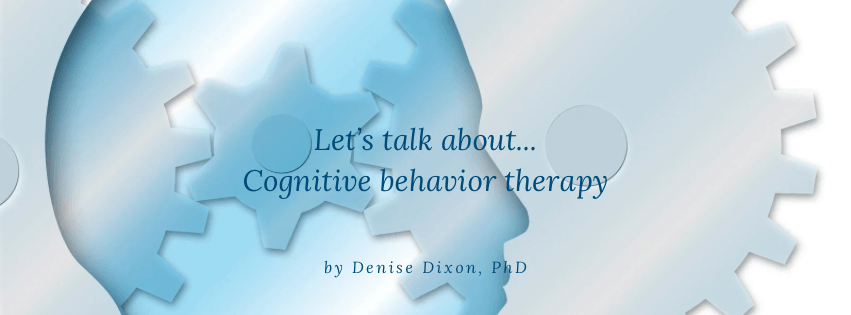Understanding the Winter Blues
Seasonal Affective Disorder: A Deep Dive
Explore the complexities of Seasonal Affective Disorder (SAD) and its impact on mental health, especially during the colder months. Discover who is most at risk and learn about the symptoms and potential treatments.
Seasonal Affective Disorder: An Overview
Who Is Most at Risk for SAD?
Identifying those most susceptible to Seasonal Affective Disorder is essential for early intervention and support.
Women and Younger Individuals
Family History of Depression
Living Far from the Equator
Understanding the Causes
Exploring the Roots of SAD
Seasonal Affective Disorder (SAD) is a complex condition with various theories attempting to explain its onset. One prominent theory suggests that the reduced sunlight during fall and winter months disrupts the body’s internal clock, leading to feelings of depression. This lack of sunlight may also affect serotonin levels, a neurotransmitter that influences mood, potentially leading to the symptoms associated with SAD.
Another aspect to consider is the role of melatonin, a hormone that regulates sleep. During darker months, the body produces more melatonin, which can result in increased sleepiness and lethargy. Additionally, some studies indicate that individuals with SAD might have lower levels of Vitamin D, which is crucial for maintaining serotonin balance.
While the exact cause of SAD remains unclear, these theories highlight the importance of sunlight exposure and its impact on our biological systems. Understanding these potential causes can help in developing effective strategies for managing and mitigating the symptoms of SAD.
Diagnosing Seasonal Affective Disorder
Diagnosing SAD involves a thorough evaluation by a healthcare professional. The diagnosis is based on specific criteria, including the presence of major depression symptoms that occur seasonally for at least two consecutive years. It’s crucial that these symptoms are not linked to seasonal stressors like unemployment.
Seek Professional Guidance
Assess Your Risk for Seasonal Affective Disorder
Discover if you’re at risk for Seasonal Affective Disorder by taking our quick and informative quiz. Gain insights into your mental health and find out how you can seek further support and information.



















